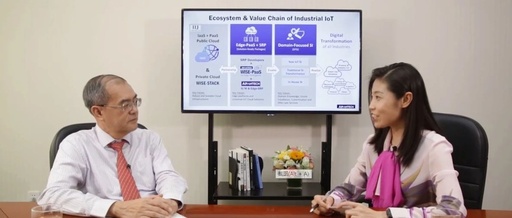Practical Implementation of Chaos Engineering at Qunar Travel
Author Introduction Yu Haiying joined Qunar Travel in 2014 as a test development engineer, responsible for testing the Qunar flight service backend. Since 2021, he has been responsible for promoting and implementing chaos engineering at Qunar, focusing on quality gap detection and construction based on chaos engineering. 1. Introduction Qunar’s chaos engineering relies on ChaosBlade … Read more









